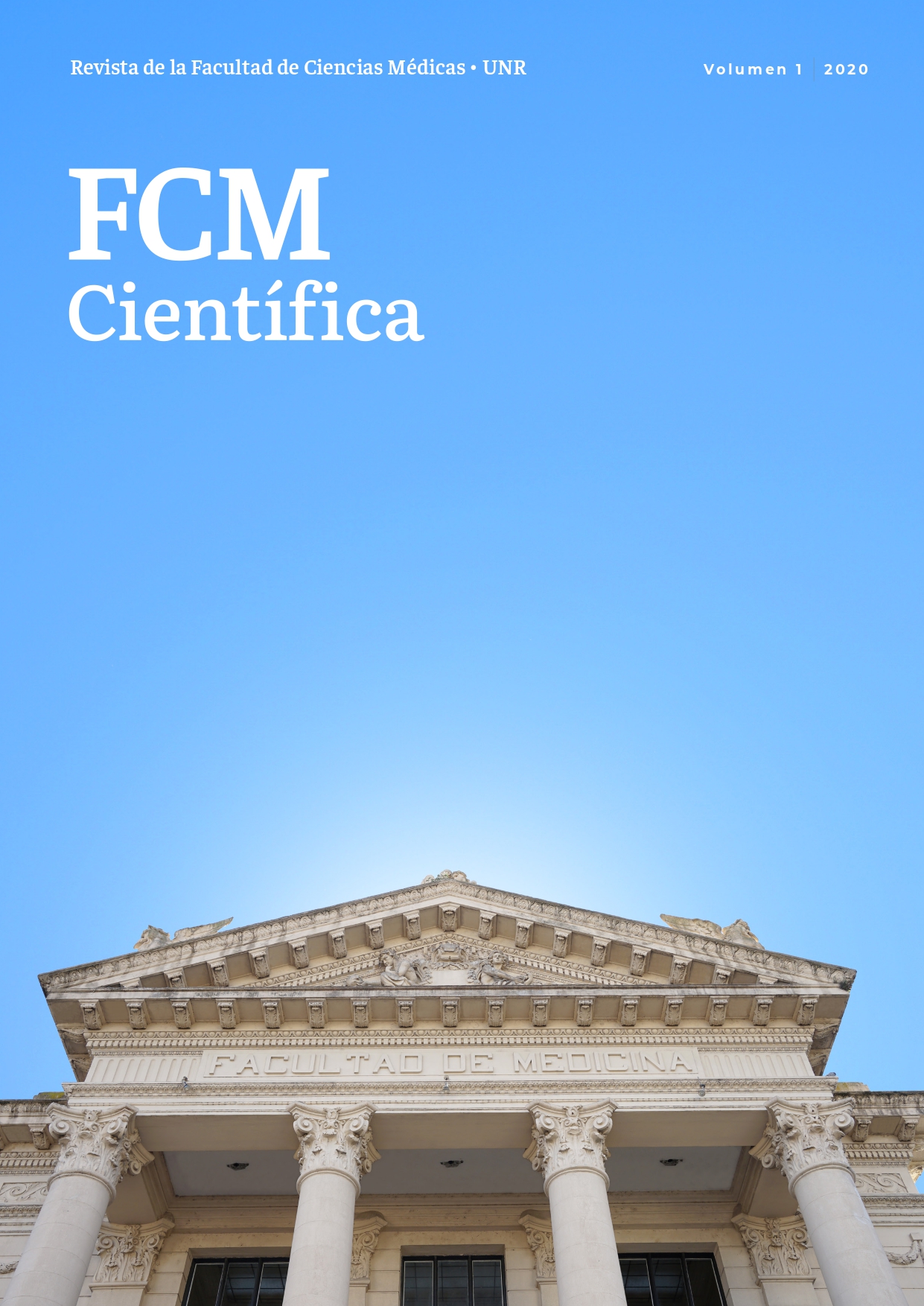Gut barrier function. Implication in celiac disease.
DOI:
https://doi.org/10.35305/fcm.v1i.16Keywords:
Immune system, Intestine, Celiac DiseaseAbstract
The intestinal mucosa is the largest and most dynamic immune environment of the body. It is the first site of exposure to pathogens, but at the same time it is constantly exposed to harmless environmental antigens, food particles and commensal microflora that need to be tolerated. Therefore, the main functions of the mucosal immune system are the induction of tolerance (or non—reaction) against innocuous antigens and commensal bacteria as well as the development of an immune response against pathogens. In this context, hypersensitivity responses against antigens in the diet can lead to inflammatory disorders such as celiac disease. Therefore the aim of this review is to provide an overview of the recent literature on the maintenance of homeostasis in the intestinal mucosa and the disease state that can ensue when this balance is lost.
Downloads
Downloads
Published
Versions
- 2021-07-26 (2)
- 2021-06-09 (1)
How to Cite
Issue
Section
License

This work is licensed under a Creative Commons Attribution-NonCommercial 4.0 International License.







